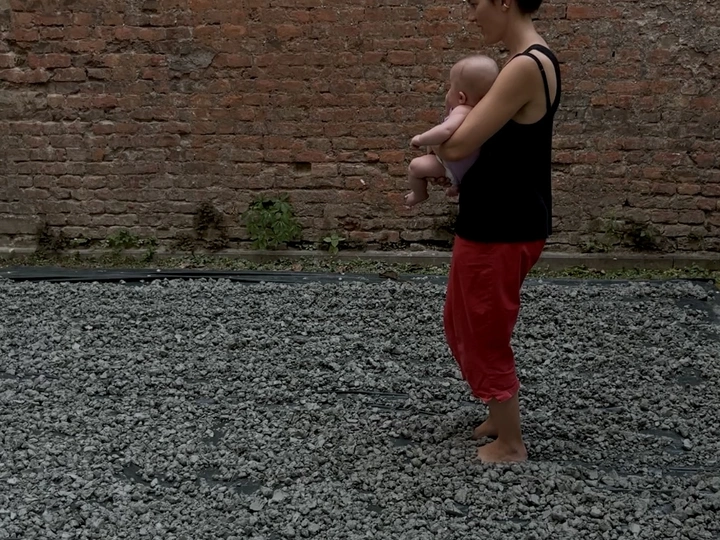Mothering Earth

Anna Riess
Anna Riess and Marie Janssen are two artists and mothers whose practices are grounded in clay, care, and collective making. With extensive experience in socially engaged and material-based work, both bring a strong background in ceramics, sculpture, and participatory formats. Together, they explore how tactile, place-based practices can open up new ways of relating: to each other, to space, and to the Earth.
Currently, they are collaborating on a research and prototyping project with the bioregional.agency as part of Biofabrique Vienna, an initiative by Wirtschaftsagentur Wien, Wiener Linien, and Jan Boelen, where they are investigating regenerative material systems and local forms of making.
Mothering Earth is a socially engaged artistic project by Marie Janssen and Anna Riess that reimagines mothering as an ecological ethic and spatial methodology. Using clay as both material and metaphor, the project proposes site-specific gatherings that center acts of care, co-creation, and embodied vulnerability. It challenges the isolation of motherhood by transforming it into a public, political, and planetary practice.
Mothering here is not tied to biology, but to relational, nurturing action. Influenced by artists like Ana Mendieta and interventions like Clay and the Collective Body by Antony Gormley, the work treats mothering as a lens to reveal structural inequalities, who is cared for, and who is left out. Clay is chosen for its accessibility, impermanence, and resonance with care: it is soft, shapeable, breakable, and alive with potential.
Workshops explore “mothered architecture” - temporary clay structures that cradle, breathe, leak, or decay. These are not monuments but gestures: nesting spaces, shelters, cocoons, that invite participants into a slow, shared practice of making. Each gathering adapts to local clay, weather, and people. Firing is not assumed but discussed, sometimes the most radical gesture is to let go of control.
In contrast to capitalist systems that devalue care, this project makes it visible and vital.
As Johanna Hedva writes in Sick Woman Theory (2016):
“The most anti-capitalist protest is to care for another and to care for yourself, to take on the historically feminized and therefore invisible practice of nursing, nurturing, and caring, to take seriously each other's vulnerability and fragility and precocity and to support it, honor it, empower it, to protect each other, to enact and practice community, a radical kinship, an interdependent sociality, a politics of care.”
Mothering Earth is not a finished object, but a shared process to mother space, each other, and the earth: softly, attentively and together.